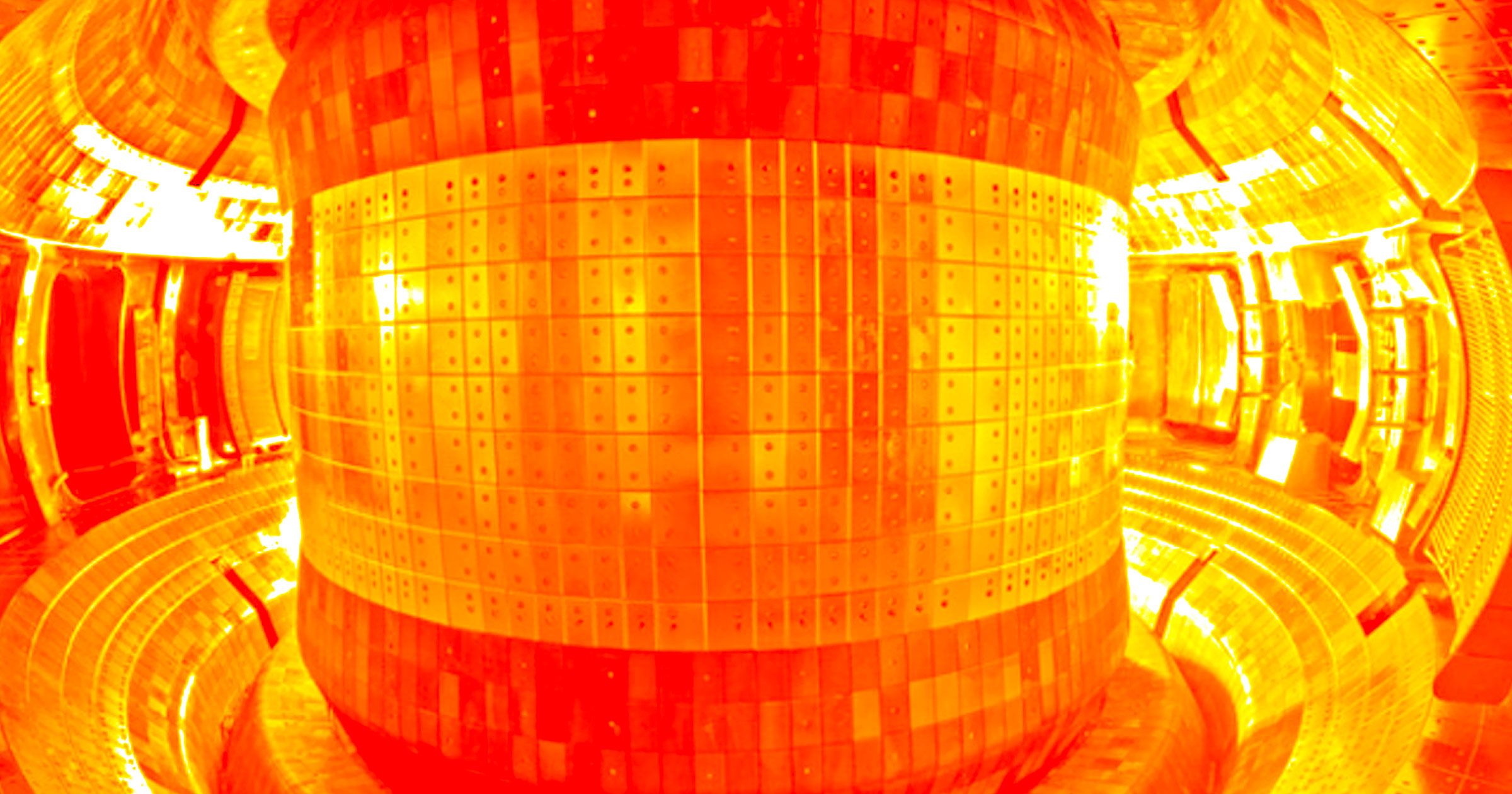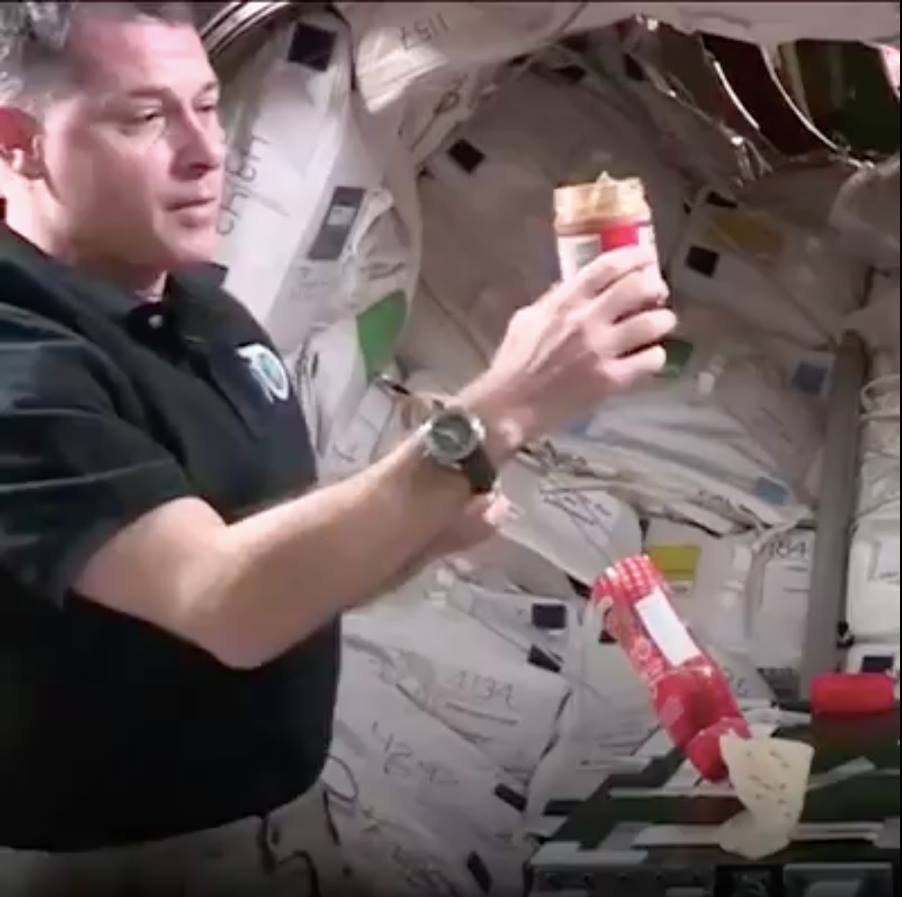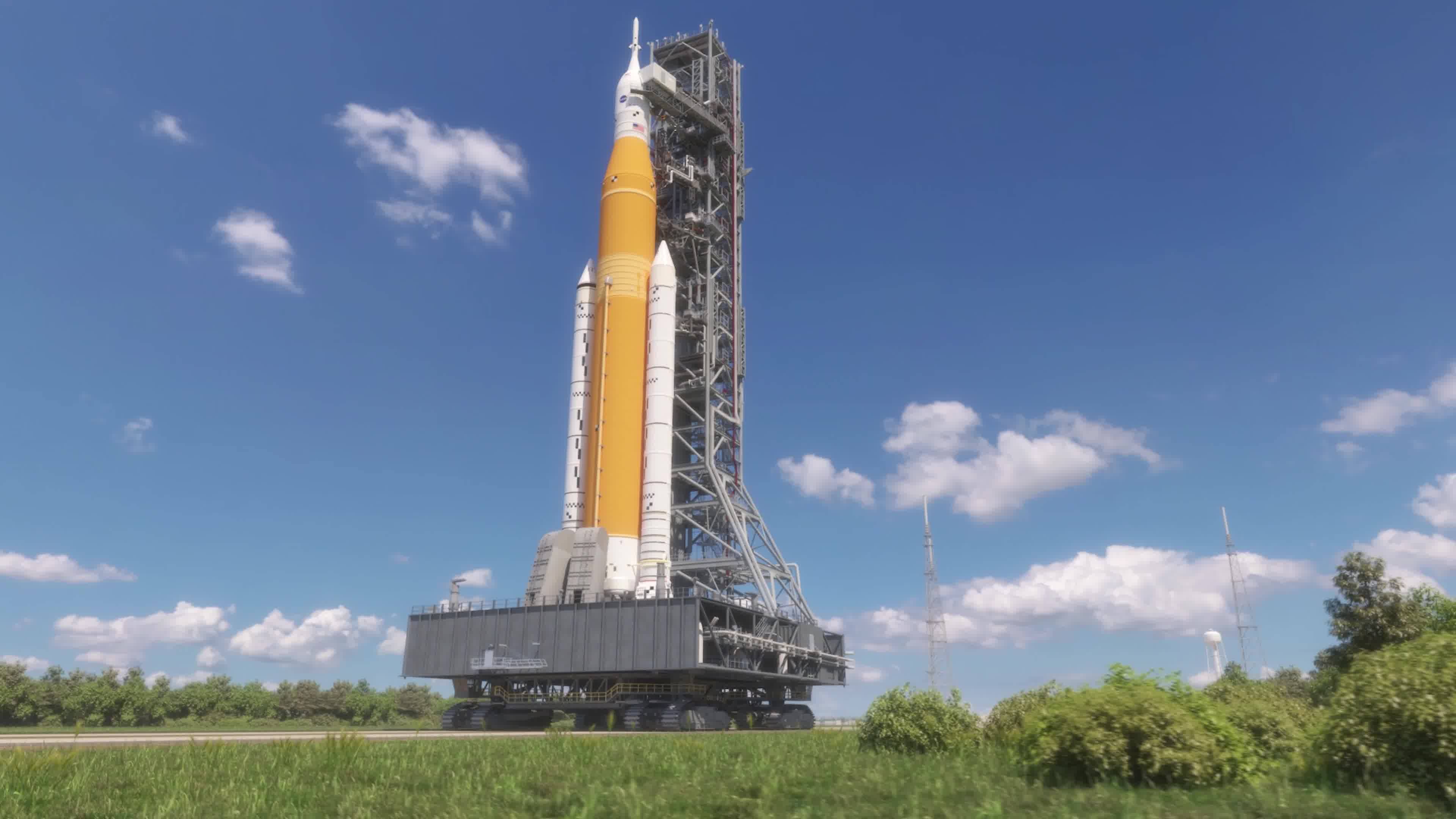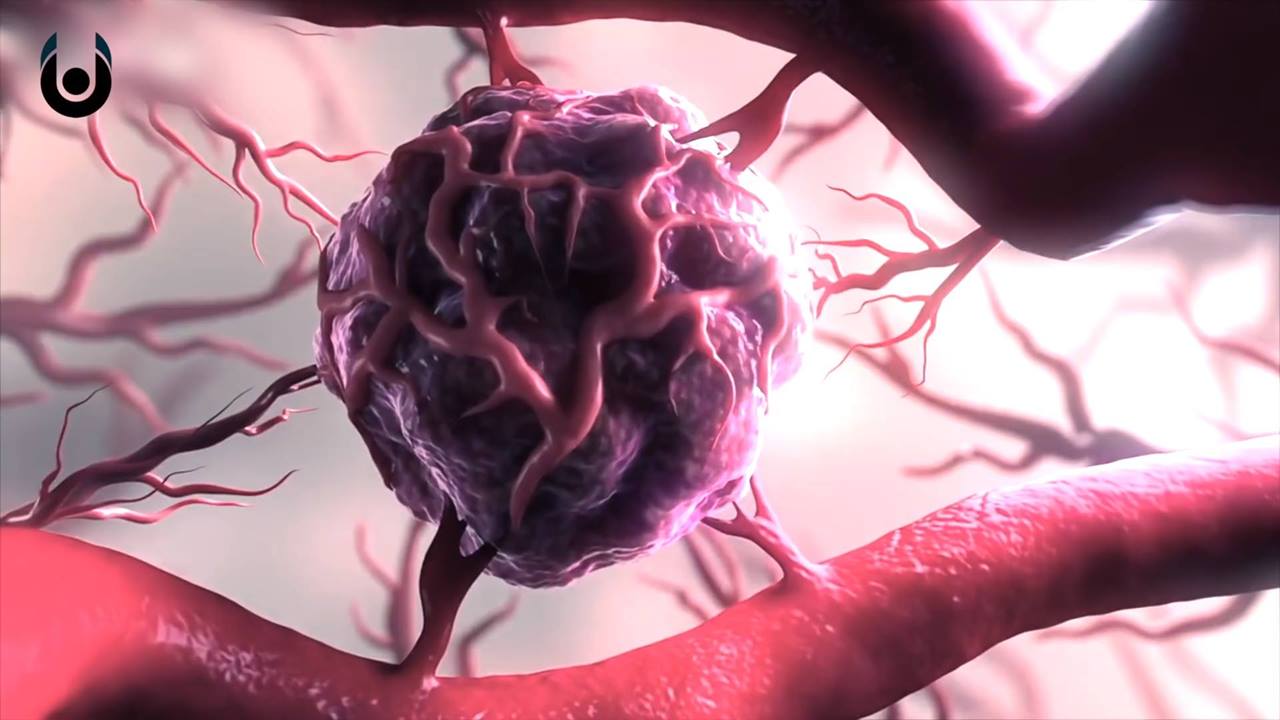Nov 18, 2018
China’s ‘artificial sun’ is now hot enough for nuclear fusion
Posted by Alexandros El in category: nuclear energy
On Tuesday, a team from China’s Hefei Institutes of Physical Science announced that its Experimental Advanced Superconducting Tokamak (EAST) reactor — an “artificial sun” designed to replicate the process our natural Sun uses to generate energy — just hit a new temperature milestone: 100 million degrees Celsius (180 million degrees Fahrenheit).
For comparison, the core of our real Sun only reaches about 27 million degrees Fahrenheit — meaning the EAST reactor was, briefly, more than six times hotter than the closest star.
Continue reading “China’s ‘artificial sun’ is now hot enough for nuclear fusion” »


















